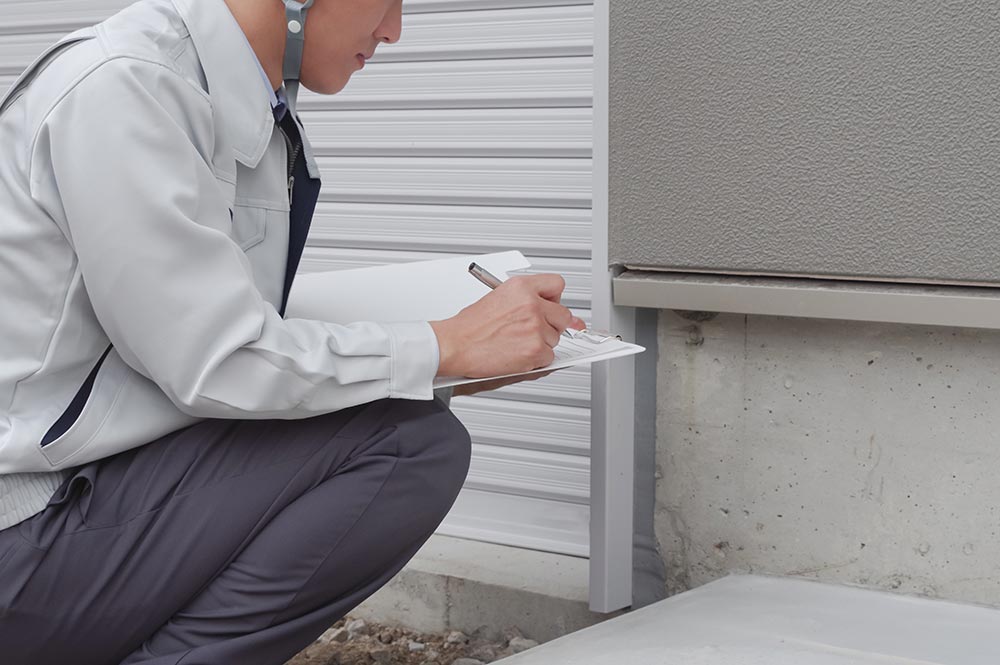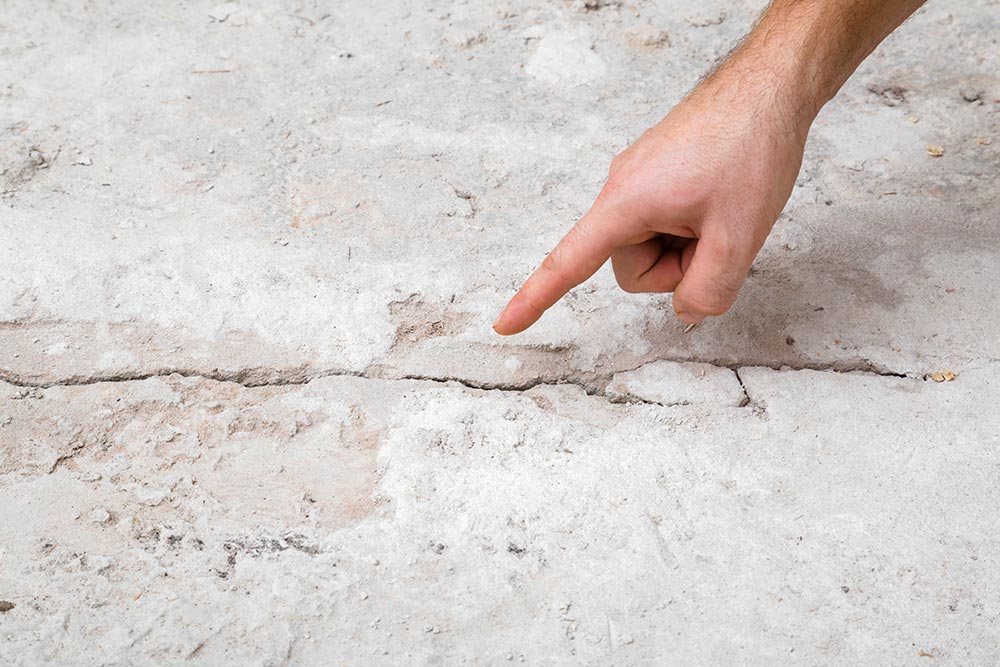Your foundation is one of the most important parts of your home. Everything literally rests on it, which is why these kinds of problems should be taken seriously. Depending on what needs to be done, foundation repairs can cost tens of thousands of dollars. But unfortunately, most homeowner’s insurance policies won’t cover the cost of foundation repair (especially if it’s caused by settlement or normal aging).
You can avoid foundation problems by keeping a close eye on any issues, which you can do by performing regular foundation inspections by either a foundation repair specialist or a structural engineer. It’s an easy way to see what’s going on with your home’s foundation. There are, of course, other reasons why you may want a foundation inspection. Some of them can include but may not be limited to:
- You have already found a possible foundation problem.
- You want to buy a home.
- You want to sell your home.
It’s a good idea to catch any potential foundation problems before they get worse. If you have found issues already, you should probably call immediately. Waiting can cause problems to become worse and more expensive. Often, a home owner can perform their own inspections and pay attention to any changes since the previous inspection. If you don’t feel comfortable doing this, or are dealing with a foundation that is new to you, it’s a good idea to call a professional to complete the inspection.

Foundation Inspector
How Often You Should Inspect Your Foundation
You should inspect your foundation at least twice a year . Extreme temperature changes and severe weather can cause the soil around your foundation to become saturated with water. The opposite can happen during drought conditions. The soil can become seriously dehydrated, which can cause it to shrink. Either of these conditions can cause the soil to shift, especially if it has a great deal of clay.
What To Look For When Inspecting A Foundation
Because foundation problems will only get worse over time, you should know how to spot the signs of a foundation issue early. Some of these warning signs can include but may not be limited to:
- Windows and doors that don’t open and close properly.
- Uneven floors.
- Ceilings and floors that aren’t in contact with the wall.
- Floor cracks (especially if they run wall to wall).
- Cracked walls.
- Bowed walls.
- Torn wallpaper.
- Wall rotation.
- Diagonal cracks that start at the corners of your windows and doors and go up toward the ceiling.
- Moldings that have separated from the wall or ceiling.
- Stair step cracks in brickwork.
- Chimneys and porches that are leaning or have been separated from the rest of the house.
Be sure to speak to a professional for more information.

Crack Inspection
How to Perform an Inspection of Your Foundation
To perform a foundation inspection, you want to walk around your home’s exterior and check for the following:
- Walls and Foundation — Look for any signs of bulging or leaning, which are indications of an uneven load on the foundation. Both the foundation and the walls should be flush and level.
- Water Damage — Look for any pooling water, water damage, or cracks in the concrete. And if you find any moisture or erosion on the exterior of your home, be sure to make a note of it. Pooling water can be caused by broken pipes, but it can also be caused by foundation problems. Water can rot wood and shift soil (both of which can cause serious damage).
- Cracks — These kinds of problems can be hard to diagnose, but you want to keep an eye out for any cracks that are larger than a quarter of an inch. Horizontal cracks can be caused by stress on the foundation. You can try applying waterproof paint over the crack. And if it cracks or chips, it’s a sign that the foundation is shifting.
Look for any floors or ceilings that are cracking, bulging, buckling, or warping. A sloping floor is a clear indication of a foundation problem. You want to use a ball to see how level your floor is. And if you have determined that the floor or ceiling isn’t level, it can be caused by a foundation problem.
You want to check your windows and doors to see if they open and close properly. If some of them appear to be stuck or are hard to close, the foundation might have moved. Gaps between the walls, doors, or windows can be caused by a shifting foundation. They can also allow water and insects to come into your home, which can cause structural damage to occur over the long term.
You also want to check the following parts of your foundation:
- All of its structural elements (if you can access them).
- The concrete slabs and piers for any noticeable damage.
- The supported beams and other load-bearing elements.
If you find any of the above issues when doing the inspection, you should immediately call a professional to assess these issues and tell you how serious they are. Streem Foundation Repair is one of the best companies for foundation inspections in Corpus Christi, be sure to get in touch today.
